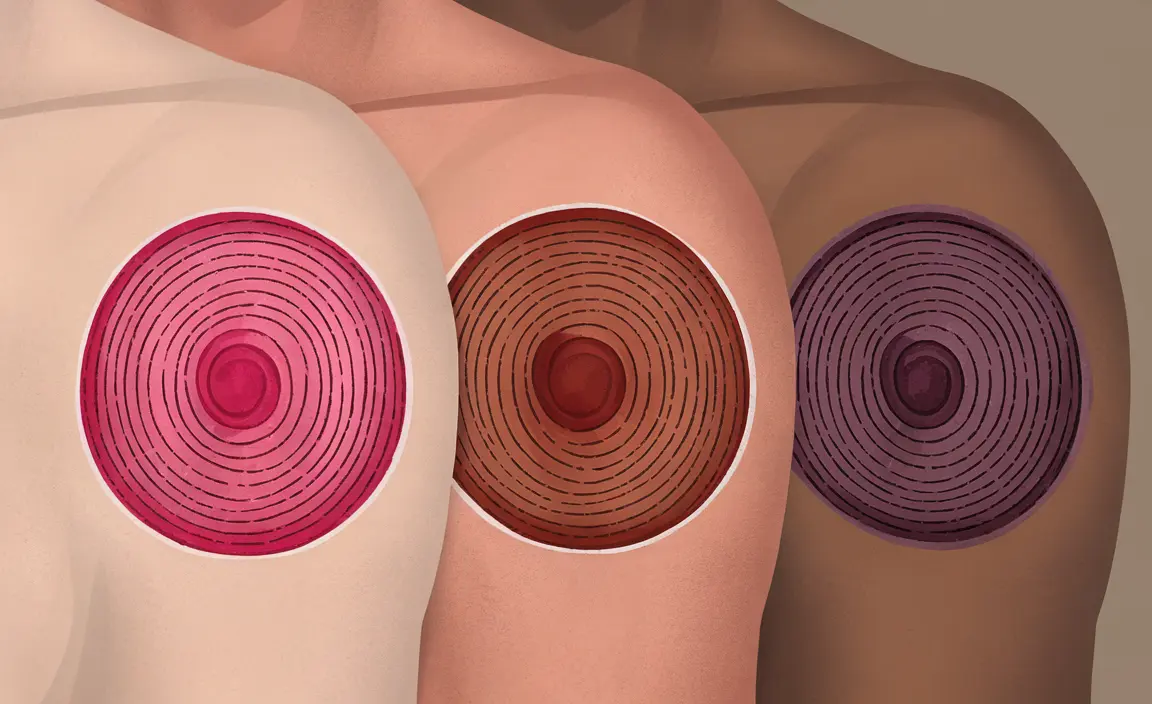Lyme disease, a tick-borne illness caused by the bacterium Borrelia burgdorferi, presents with a range of distinctive symptoms that can vary in severity and progression. Early recognition of these symptoms is crucial for effective treatment and preventing long-term complications. This comprehensive guide will help you understand the various signs of Lyme disease and know when to seek medical attention.
Early Signs and Symptoms of Lyme Disease
The initial symptoms of Lyme disease typically appear within 3 to 30 days after a tick bite. During this early stage, patients may experience:
- Erythema migrans (EM) rash, often resembling a bullseye
- Fatigue
- Fever and chills
- Headache
- Muscle and joint aches
- Swollen lymph nodes
The characteristic bullseye rash, known as erythema migrans, appears in about 70-80% of infected individuals. This rash typically begins at the site of the tick bite and gradually expands over several days, often reaching a diameter of 12 inches or more.
Understanding the Bullseye Rash Across Different Skin Tones
The appearance of the classic Lyme disease rash can vary significantly depending on skin tone. On lighter skin, it typically appears as a red ring with a lighter center. On darker skin, the rash might appear more purple or brown and may be harder to distinguish. Some people may not develop the rash at all, making it essential to pay attention to other symptoms.
Progressive Symptoms and Complications
If left untreated, Lyme disease can progress to more severe symptoms affecting multiple body systems:
Musculoskeletal Symptoms
- Severe joint pain and swelling
- Arthritis, particularly in large joints
- Muscle weakness and fatigue
Neurological Manifestations
- Bell's palsy (facial paralysis)
- Meningitis symptoms
- Numbness or tingling in extremities
- Memory problems and difficulty concentrating
Cardiac Complications
- Heart palpitations
- Irregular heartbeat
- Chest pain
- Shortness of breath
When to Seek Medical Care
It's important to seek immediate medical attention if you:
- Have been bitten by a tick and develop symptoms
- Notice a expanding rash, with or without the classic bullseye pattern
- Experience flu-like symptoms after potential tick exposure
- Develop any severe symptoms, particularly neurological or cardiac issues
Frequently Asked Questions
What are the early symptoms of Lyme disease and how can I recognize the characteristic rash? The earliest symptoms include fever, fatigue, headache, and muscle aches. The characteristic rash appears as a circular, expanding red area, often with a clearer center, creating a bullseye pattern. It usually develops 3-30 days after the tick bite and may be warm but typically isn't itchy or painful.
How do Lyme disease symptoms progress if left untreated, and what complications should I watch for? Untreated Lyme disease can progress to cause severe joint pain and arthritis, neurological problems including meningitis and Bell's palsy, and cardiac issues. Later-stage symptoms may appear weeks to months after the initial infection and can include severe headaches, neck stiffness, and additional rashes.
Can Lyme disease cause neurological or heart problems, and what signs indicate these severe symptoms? Yes, Lyme disease can affect both the nervous system and heart. Neurological signs include facial paralysis (Bell's palsy), meningitis symptoms, and numbness in extremities. Cardiac symptoms may include heart palpitations, chest pain, and irregular heartbeat. These symptoms require immediate medical attention.
Why do some people with Lyme disease not develop the typical bullseye rash, and how does it appear on different skin tones? About 20-30% of people with Lyme disease never develop the rash. On darker skin tones, the rash may appear more purple or brown rather than red, making it harder to identify. The rash can also take different forms, sometimes appearing solid rather than as a classic bullseye pattern.
When should I see a doctor after a tick bite if I suspect Lyme disease symptoms like fever, headache, or joint pain? You should see a doctor immediately if you develop any symptoms after a known or suspected tick bite, particularly if you notice an expanding rash or experience flu-like symptoms. Early treatment is crucial for preventing more serious complications of Lyme disease.




